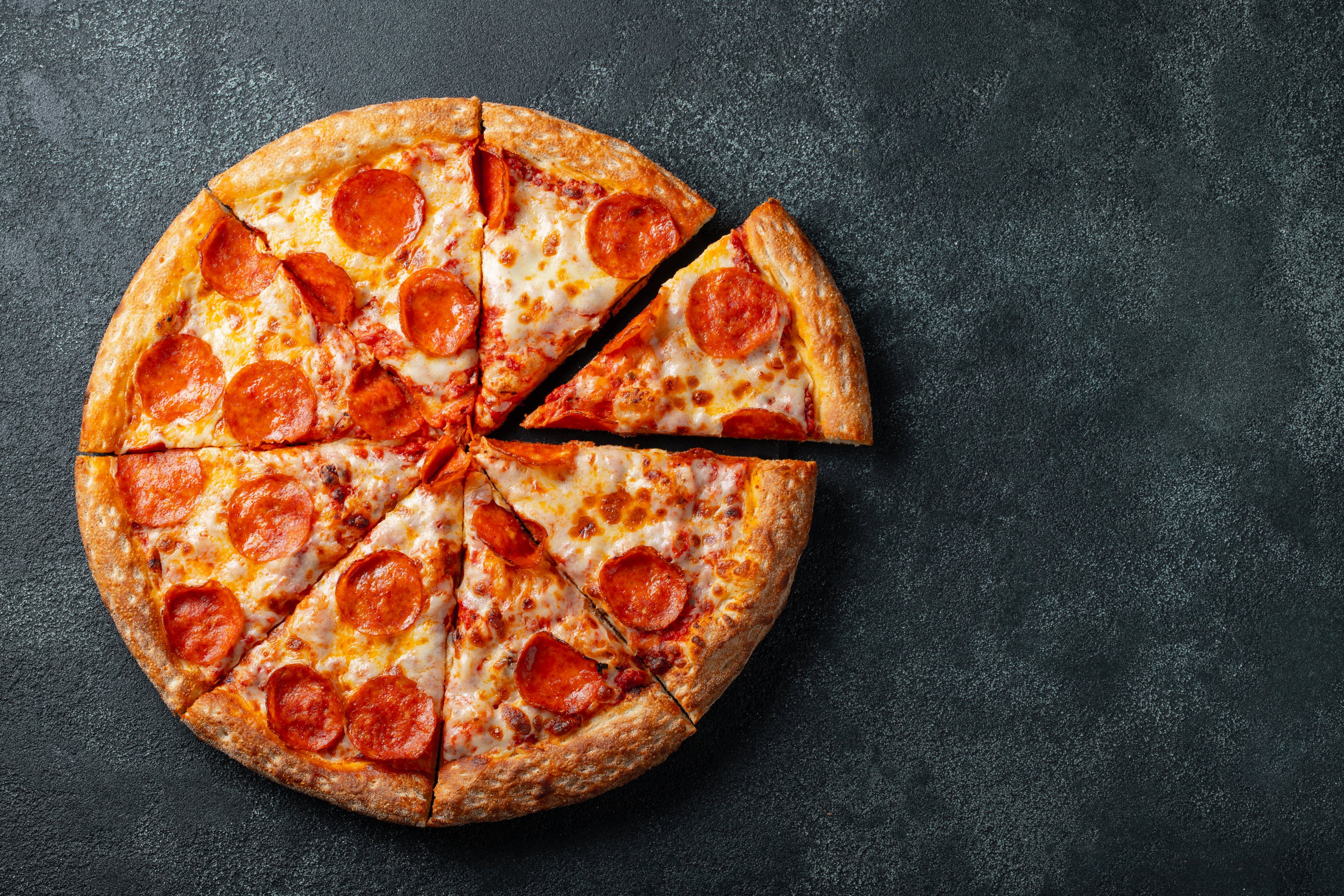Patient investors were finally rewarded after Domino's (DPZ 0.18%) posted better-than-expected earnings, handily beating Wall Street's top- and bottom-line estimates. Shares soared 25% on the news.
The pizza joint's "fortressing strategy," which consists of the company opening ever greater numbers of locations, especially in areas already serviced by an existing store, seems to finally be paying off as same-store sales in the quarter rose 3.4%, well ahead of forecasts for a 2.3% rise.
Although fortressing is an attempt to hold off the incursions of third-party delivery apps such as Uber Eats, Grubhub, and DoorDash, it remains a risky strategy that could cannibalize sales at individual locations even as it lifts total revenue for Domino's.

Image source: Domino's.
Food to go
Third-party delivery has been a thorn in Domino's side. Where pizza was once one of the few food delivery options available, aggregators such as Uber Eats and Grubhub made the space vastly more competitive because they allowed consumers to choose cuisine from almost any restaurant to be delivered.
The intense rivalry among the players to gain market share has weighed heavily on Domino's results over the past year or so, but the delivery apps created a "circular firing squad" by continuously ramping up promotions.
CEO Ritch Allison said, "while we're not in the middle of the firing squad, we might get hit by a few straight bullets along the way." However, the pressure Domino's has felt by the delivery apps has since leveled off because now they're simply wounding each other.
Firing up the base
The break from the competitive constraints should allow the benefits it sees in the fortressing strategy to shine through.
Domino's sees multiple benefits to blanketing an area with stores. It reinforces the brand as consumers see its name wherever they are, but it also allows for faster, more consistent service; it lowers delivery costs; and it incrementally increases carryout traffic.
Domino's has seen a two-minute reduction in average delivery time in markets where fortressing is in effect versus in its non-fortress territories.
For the program to be effective, though, Domino's needs its franchisees on board. Allison says he needs to prove that the economics of the strategy are working -- that by increasing the number of stores servicing a market, it will raise everyone's profitability. Part of the sales pitch is that fortressing will increase delivery and carryout orders incrementally, the latter of which was described as being "on fire" in the fourth quarter.
Using technology to boost sales
Therein lies the risk. Domino's is betting on a rising tide lifting all boats, but that was difficult to show when its delivery competitors were taking away customers. That Uber, Lyft, and others may be damaging themselves at the moment suggests that if consolidation or attrition in the third-party aggregator market occurs, and its rivals gain their footing, the strategy could become costly again.
Of course, Domino's is investing heavily in technology, such as its GPS delivery tracking technology, to make sure that doesn't happen.
Its focus on digital saw it end the year at a 70% digital sales run rate for its U.S. business, which is mostly concentrated in the delivery segment, but it's trying to expand it to carryout by launching its Pie Pass technology for carryout. The app lets customers jump to the front of the line to pick up their order.
Domino's hit 25 million active loyalty program members and ended the year with over 40 million people enrolled. It says it has more than 85 million customers in its database.
The jury's still out
The fourth quarter was a welcome reprieve for Domino's investors as it gave the pizza joint a chance to show how the investments it's been making have paid off to get it growing again.
However, it is benefiting from its delivery competition hobbling itself, and the fortressing strategy still needs to be monitored to ensure it divvies up the pie equally for both franchisees and Domino's alike.








